My first hydroponics chili pepper growing season has been bit of a mixed experience so far. On the one hand, the passive hydroponic setup that I installed (based on the AutoPot 4pot system, HydroCoco, and Canna Coco A+B) was a great success. The plats really grew fast.
So fast actually, that I was soon in trouble with them. My planting schedule was based on my earlier experiences with soil-based gardening, but the growth speed in hydroponics is much faster. I germinated the seeds in early February, moved selected seedlings into the AutoPot system in 25th February, and already in early April the plants were so tall they should had been moved to the greenhouse already. My LED plant light system was particularly a bottleneck – the fast-growing chili plants grew quickly up to the maximum height that I could adjust the LED strips into, and I needed to cut them down quite a bit. Even then, the plant growth would have needed better light, and real, strong sunlight that would had been coming from multiple angles, not just from those narrow LED strips.
But we got snow and “takatalvi” (cold spell & wintry weather) in April, and I could not move the plants into the greenhouse. I just kept growing them, cutting them down, growing more – and waiting for the weather to get warmer.
It was only in late May (18th May, to be exact), when the weather forecast told that further snow was now highly unlikely. I started moving the overgrown plants to the greenhouse, but lost maybe half of their branches. The weak, big plants were just not made for punishing physical handling. The hydroponics setup is not designed to be moved around, either.
But, I got the plants out, set up the AutoPot system again, this time into the greenhouse, filled it in with water and Canna Coco, and hoped for the best.
All four plants are still alive, which is nice. CAP 270 is in bloom, and is bearing the first fruit even now. But the plants are not that nice looking, as they lost much of their branches in the move, and the growth patterns are not that good, thinking about the future crop. The branches should be stronger, thicker and more symmetrical, to support decent amount of chili pods. Well, we’ll see what the final outcome will be.
The lesson? Maybe I need to carefully think about my cultivation schedules: the plants should be much smaller at the point when they still can safely be moved from indoors to the greenhouse. They should be pruned, so that the powerful growth can be controlled. But otherwise: hydroponic gardening seems like a really interesting option!




















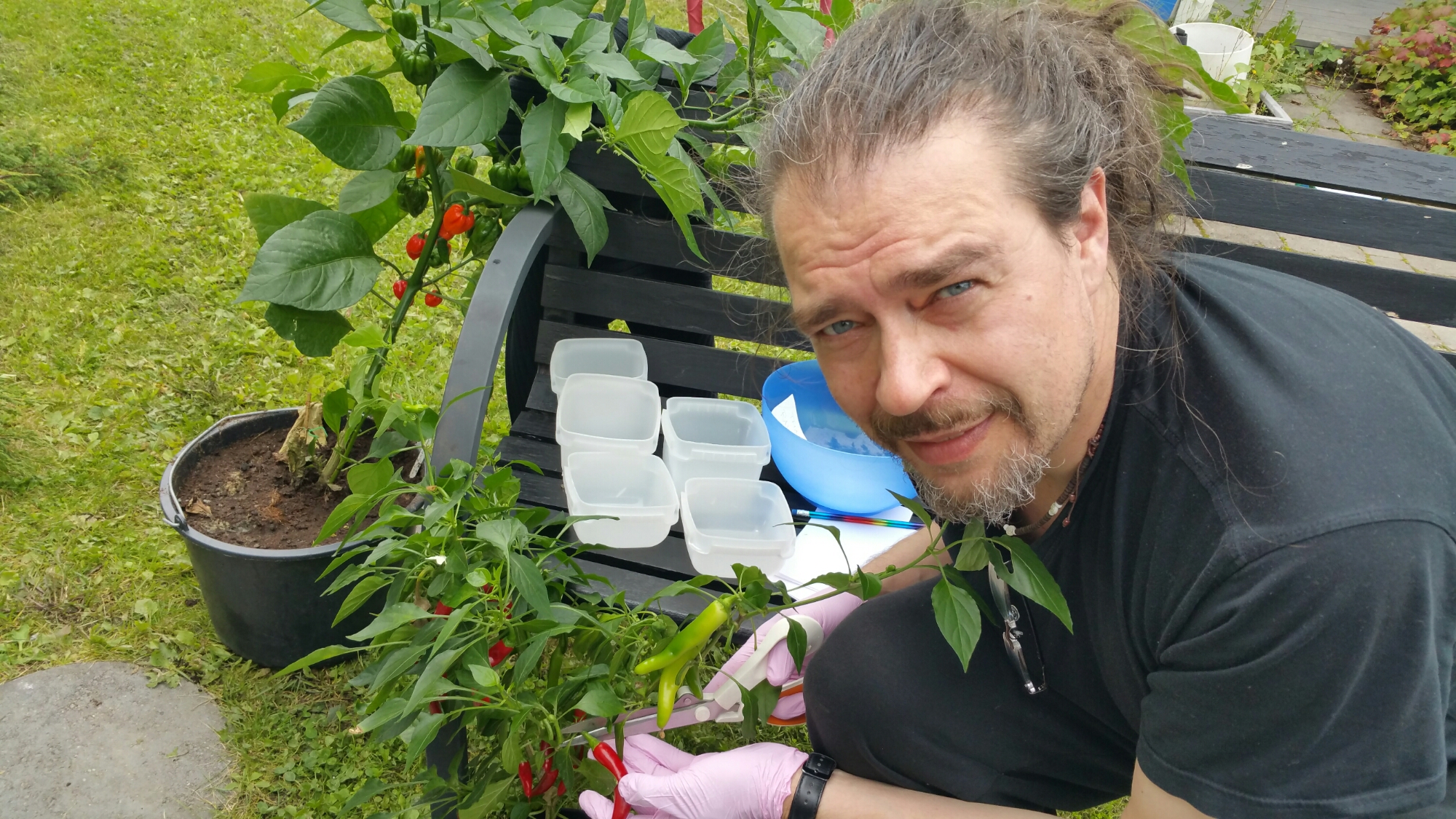








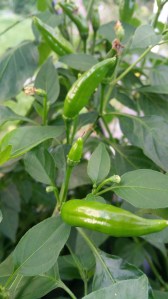
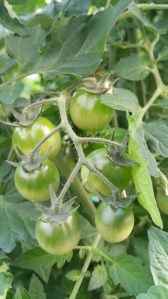

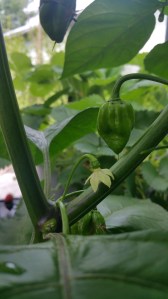
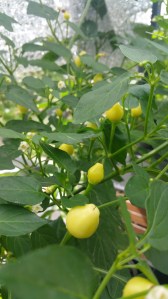




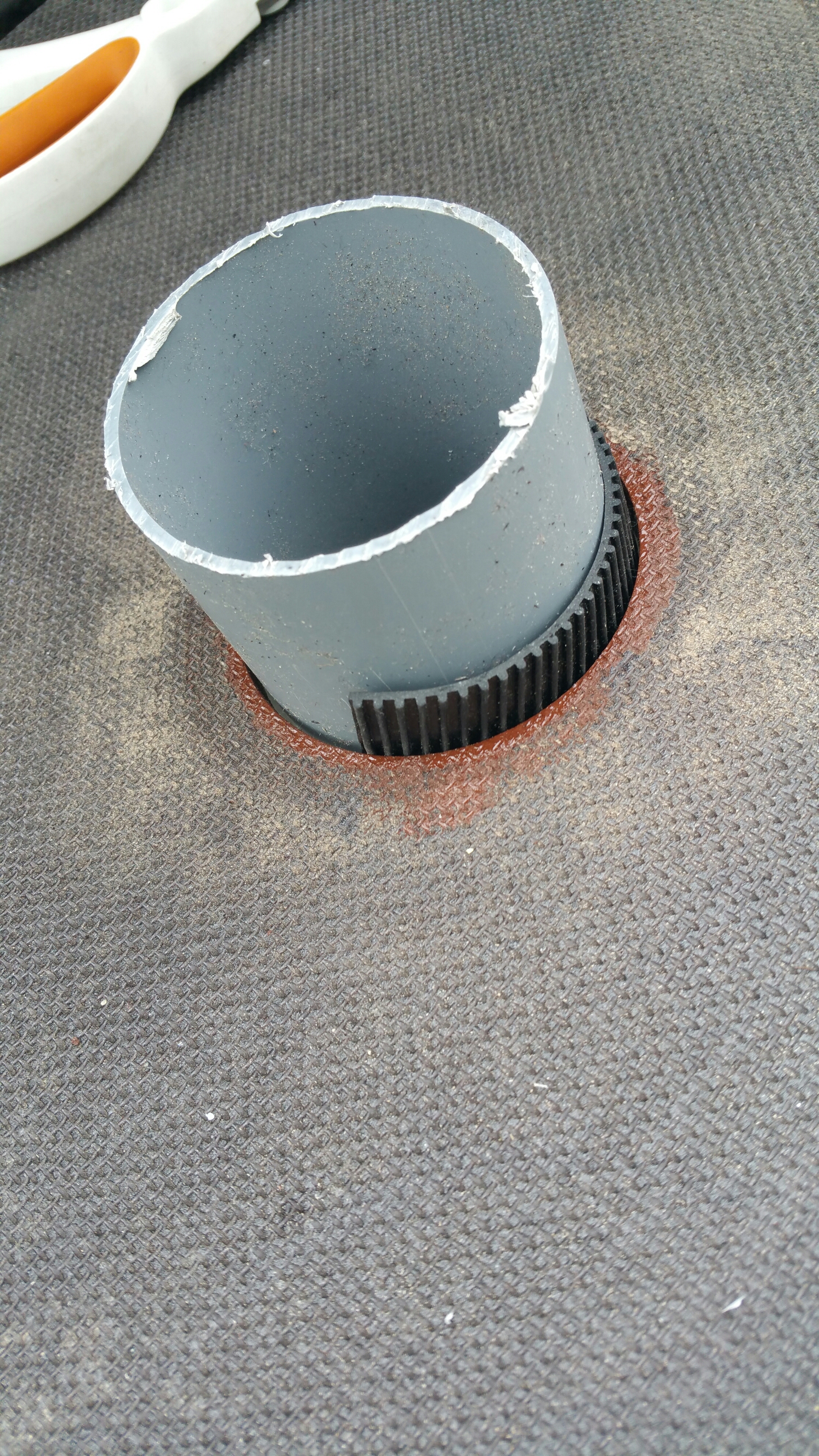
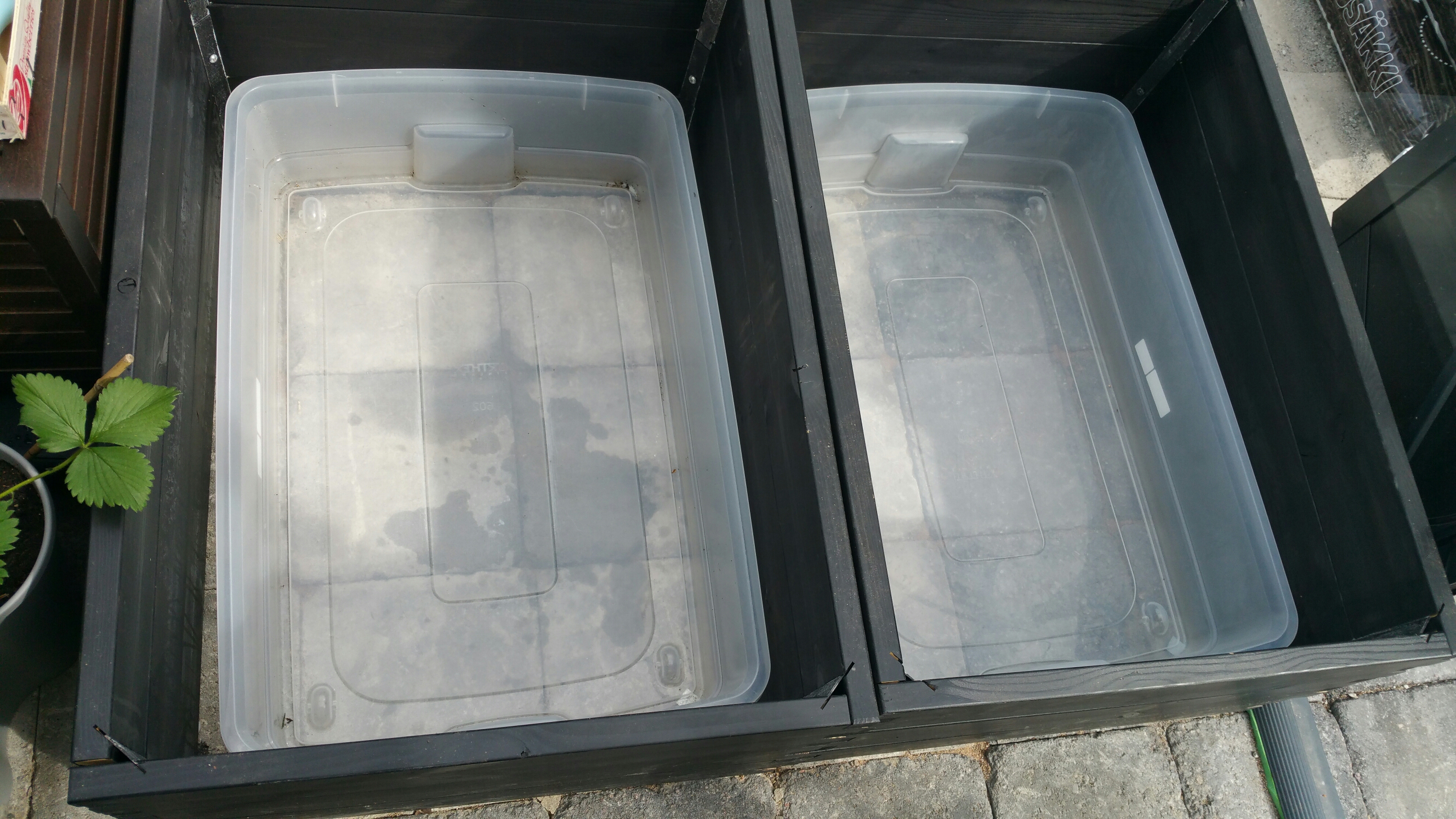





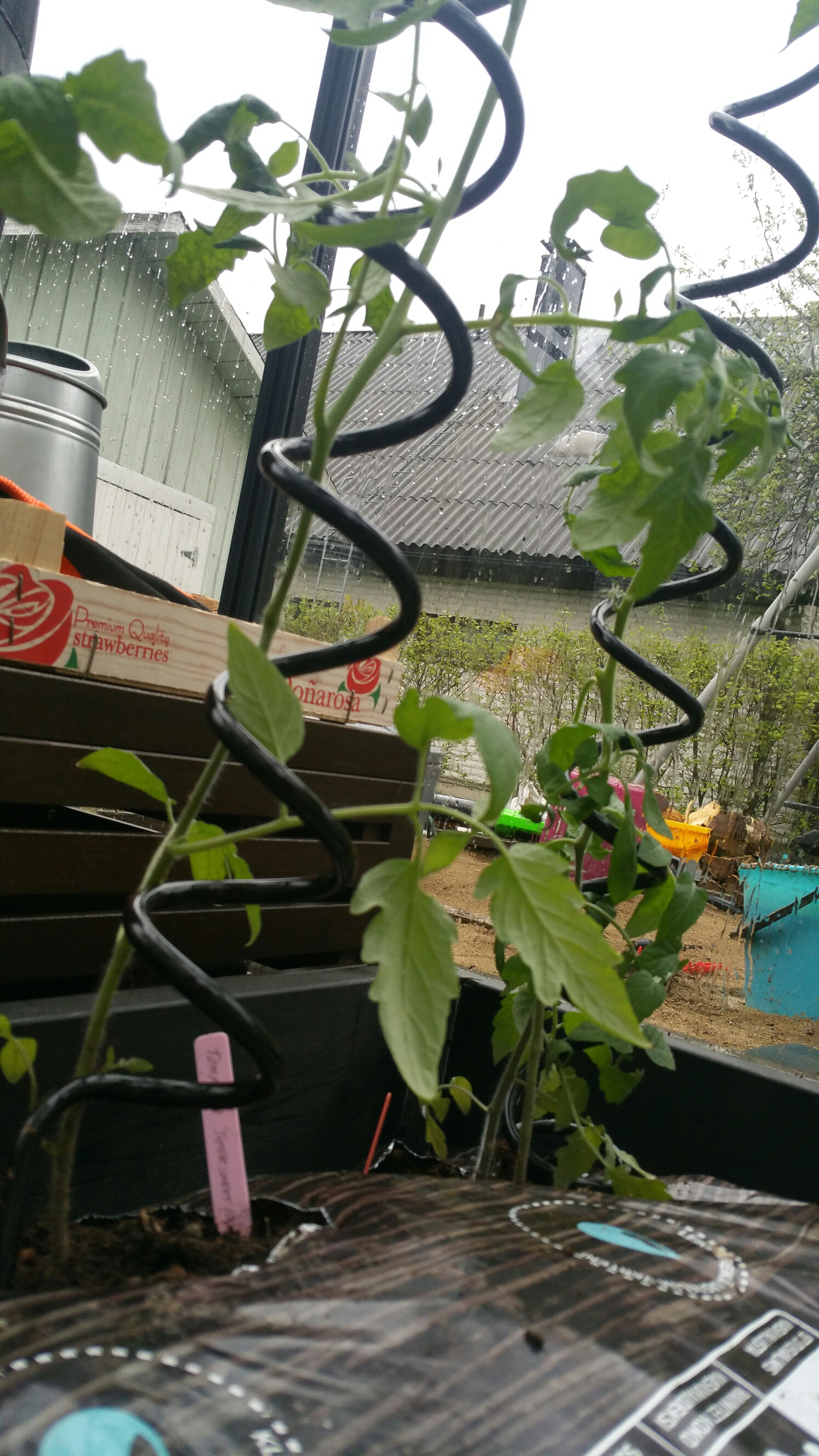




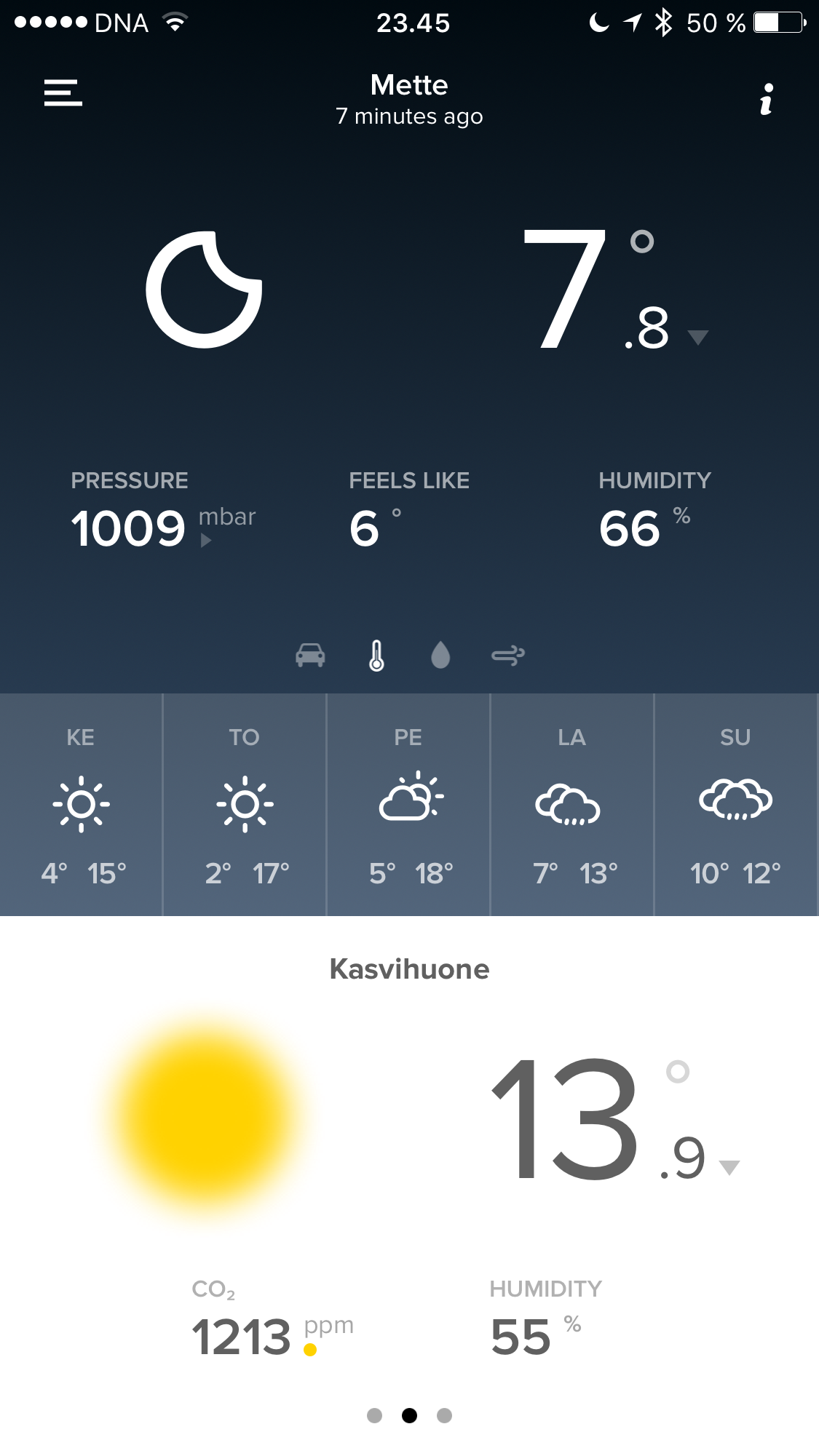



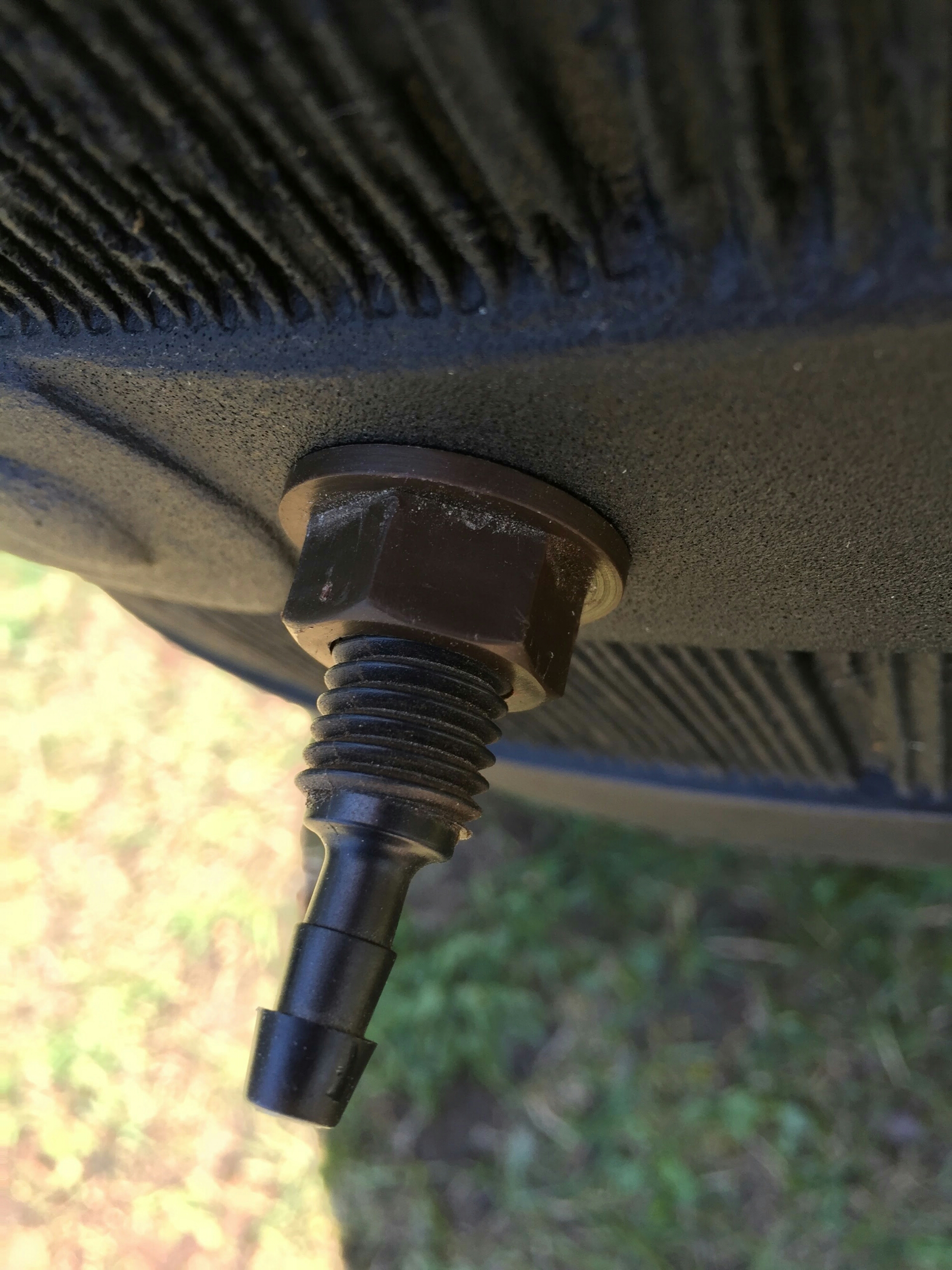

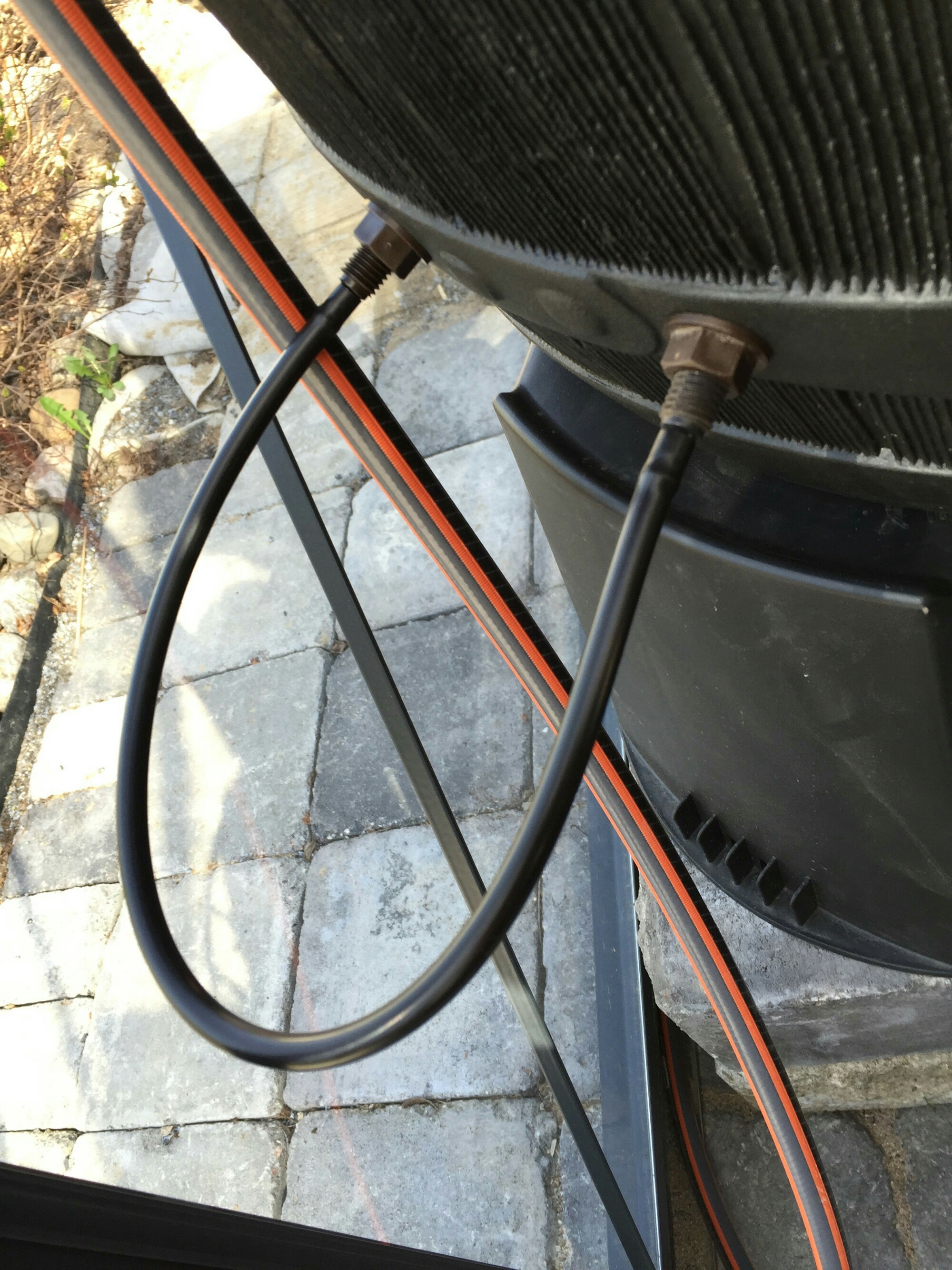
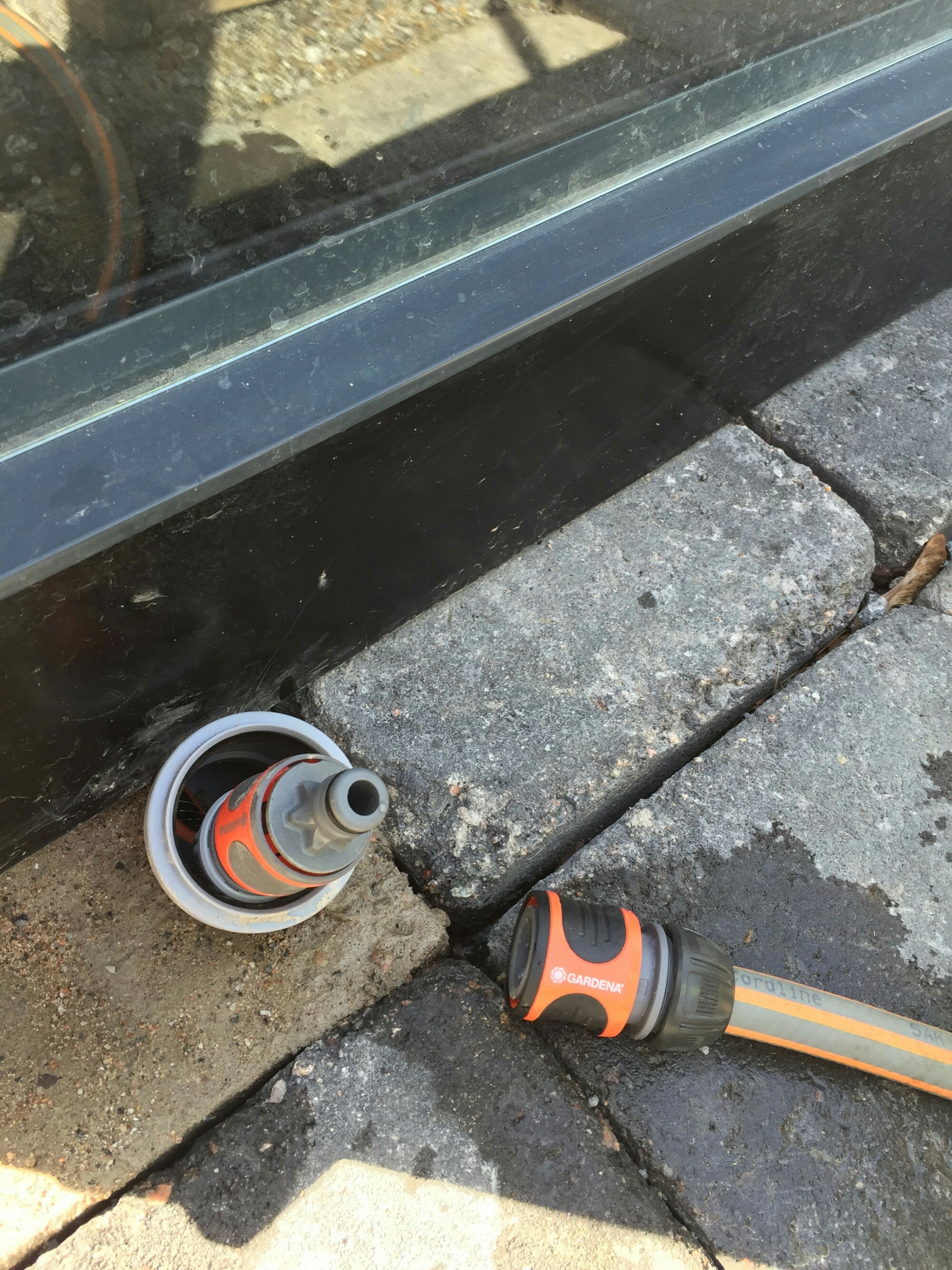



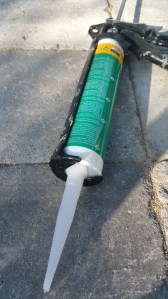

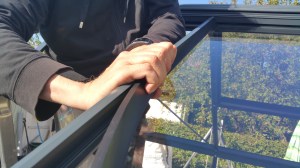




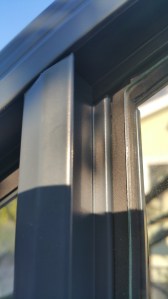


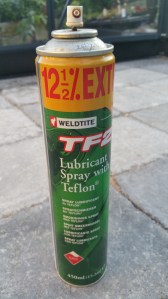

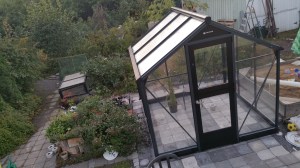

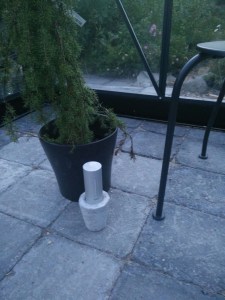




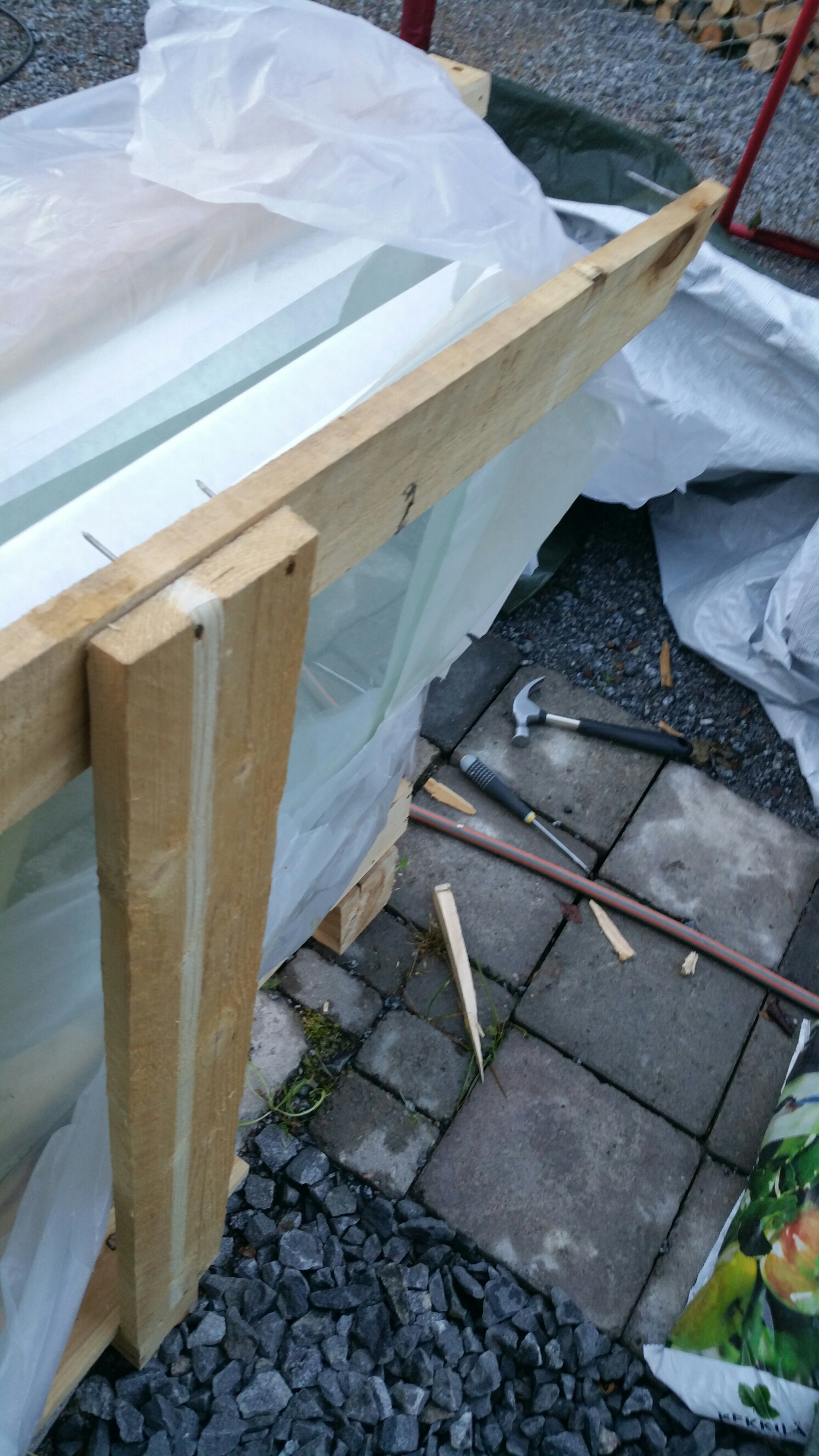
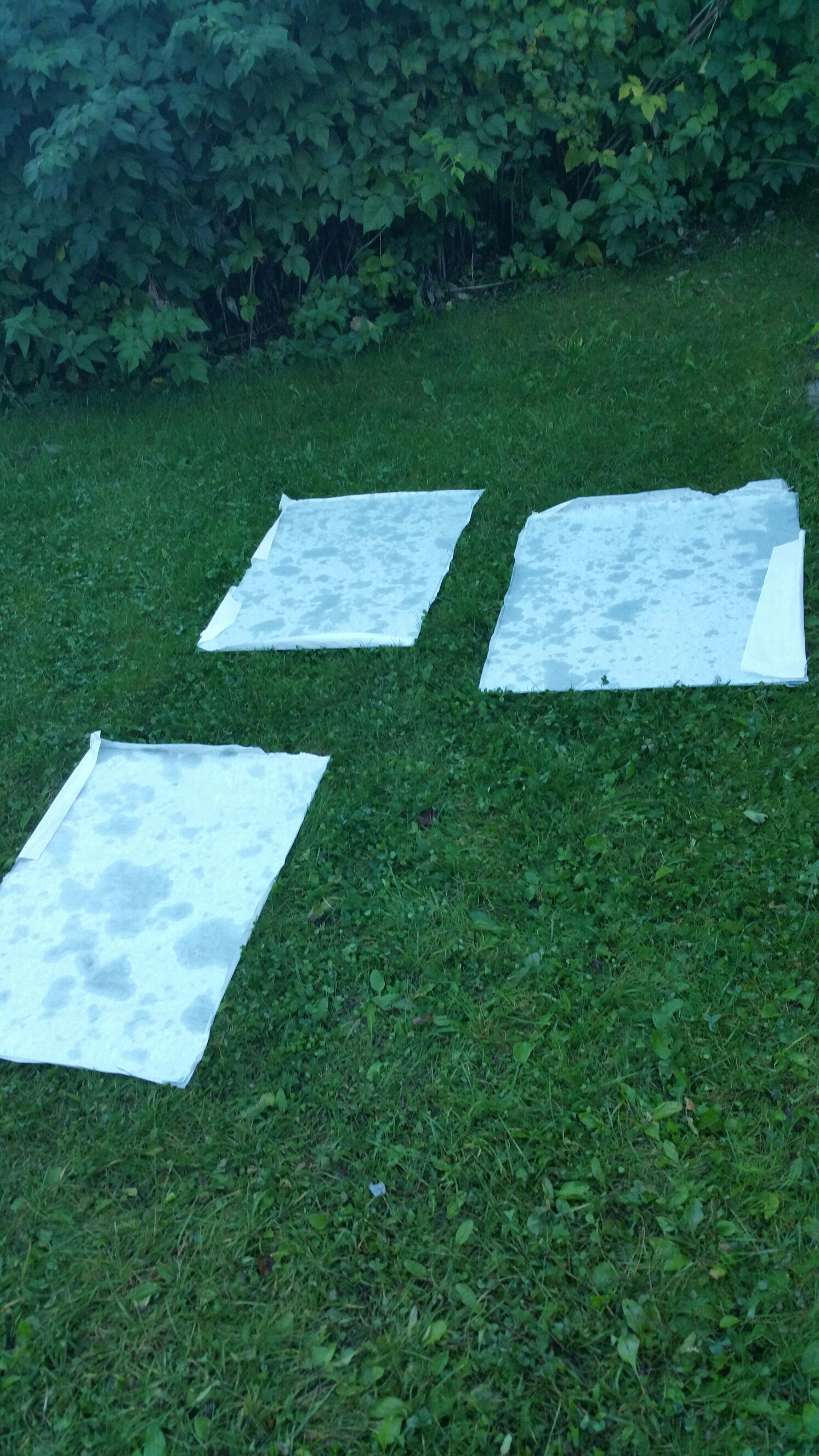








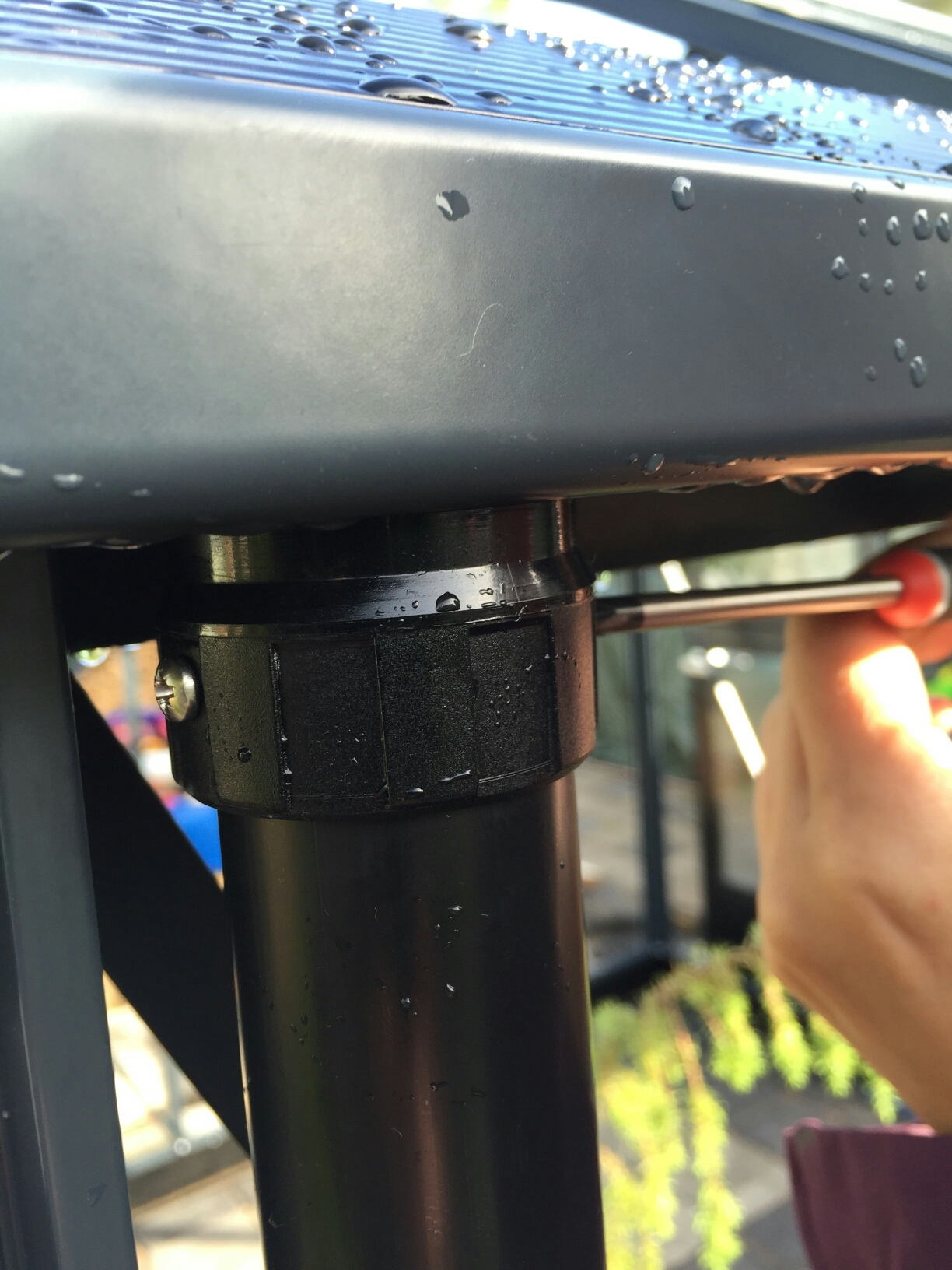



You must be logged in to post a comment.